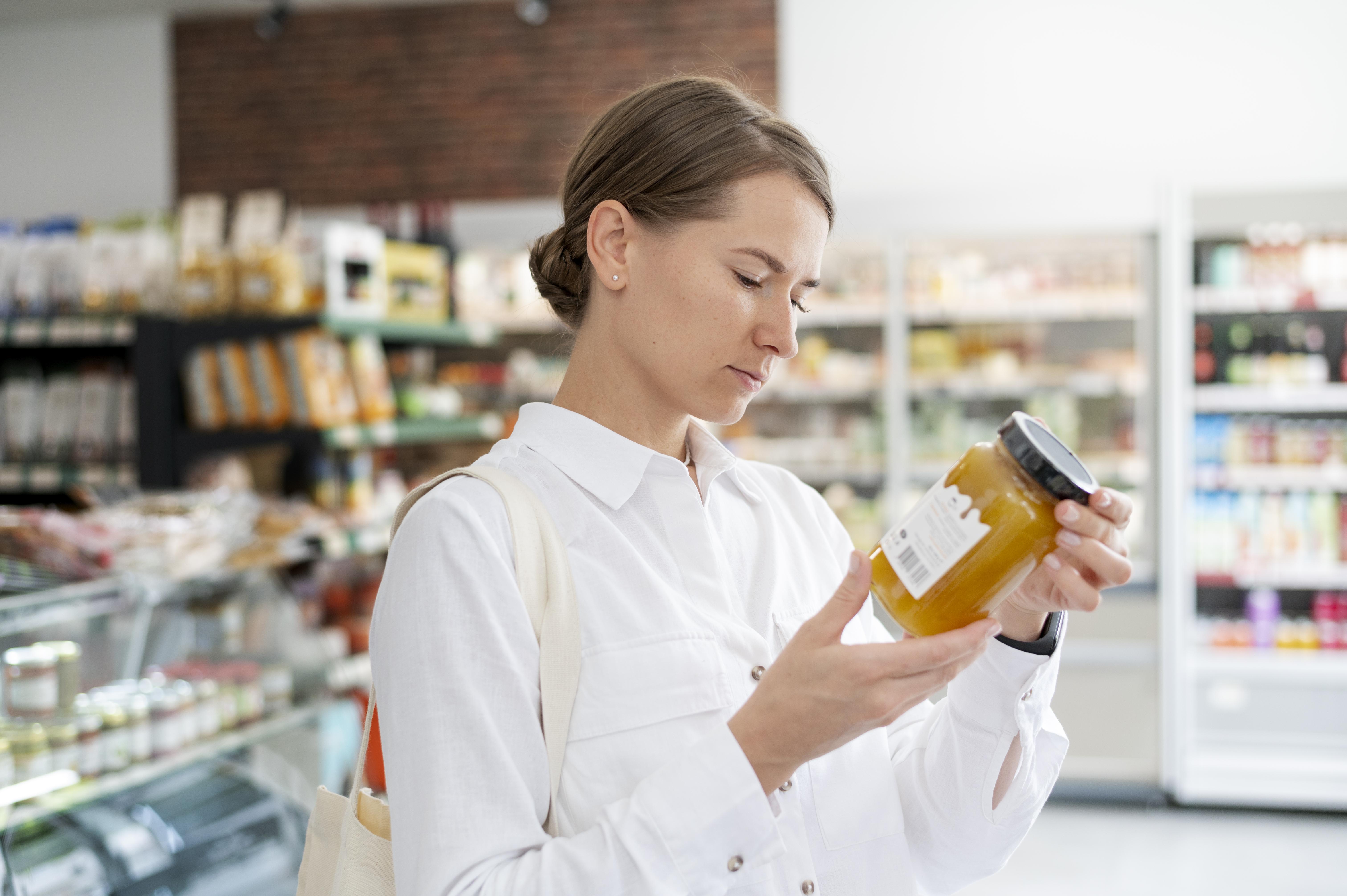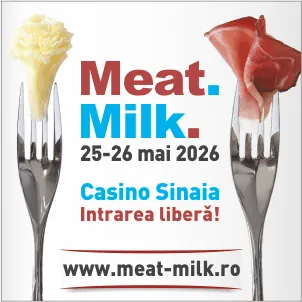2408

Food Labelling in the EU: Legal Framework and Consumer Expectations
Food labelling in the European Union is governed by Regulation (EU) No 1169/2011, which sets clear obligations regarding the content and legibility of information provided to consumers.
According to studies by the European Commission, 85% of consumers rely on the label when making purchasing decisions, and 64% reported having been misled at least once by packaging.
A compliant label must include the following elements:
- the legal name of the product
- a complete list of ingredients, in descending order
- highlighted allergens (as listed in Annex II of the Regulation)
- the net quantity
- the use-by date or best-before date
- special storage conditions
- mandatory nutritional information (energy value, fat, carbohydrates, sugars, protein, salt)
- the name and address of the responsible operator
However, the 2022 EFSA study shows that 43% of consumers do not understand terms like “reference intake” or “recommended daily allowance.” For this reason, the European Commission supports the adoption of complementary front-of-pack labelling systems such as Nutri-Score, already implemented in France, Germany, and Spain.
In Romania, the National Authority for Consumer Protection (ANPC) and the Veterinary and Food Safety Authority (ANSVSA) are responsible for monitoring food labelling compliance. In 2023, over 2,500 food products were withdrawn from the market due to labelling errors or lack of translation.
For industry operators, compliance with labelling regulations is not only a legal obligation but also an opportunity to differentiate in an increasingly competitive and transparency-driven market.
(Photo: Freepik)




